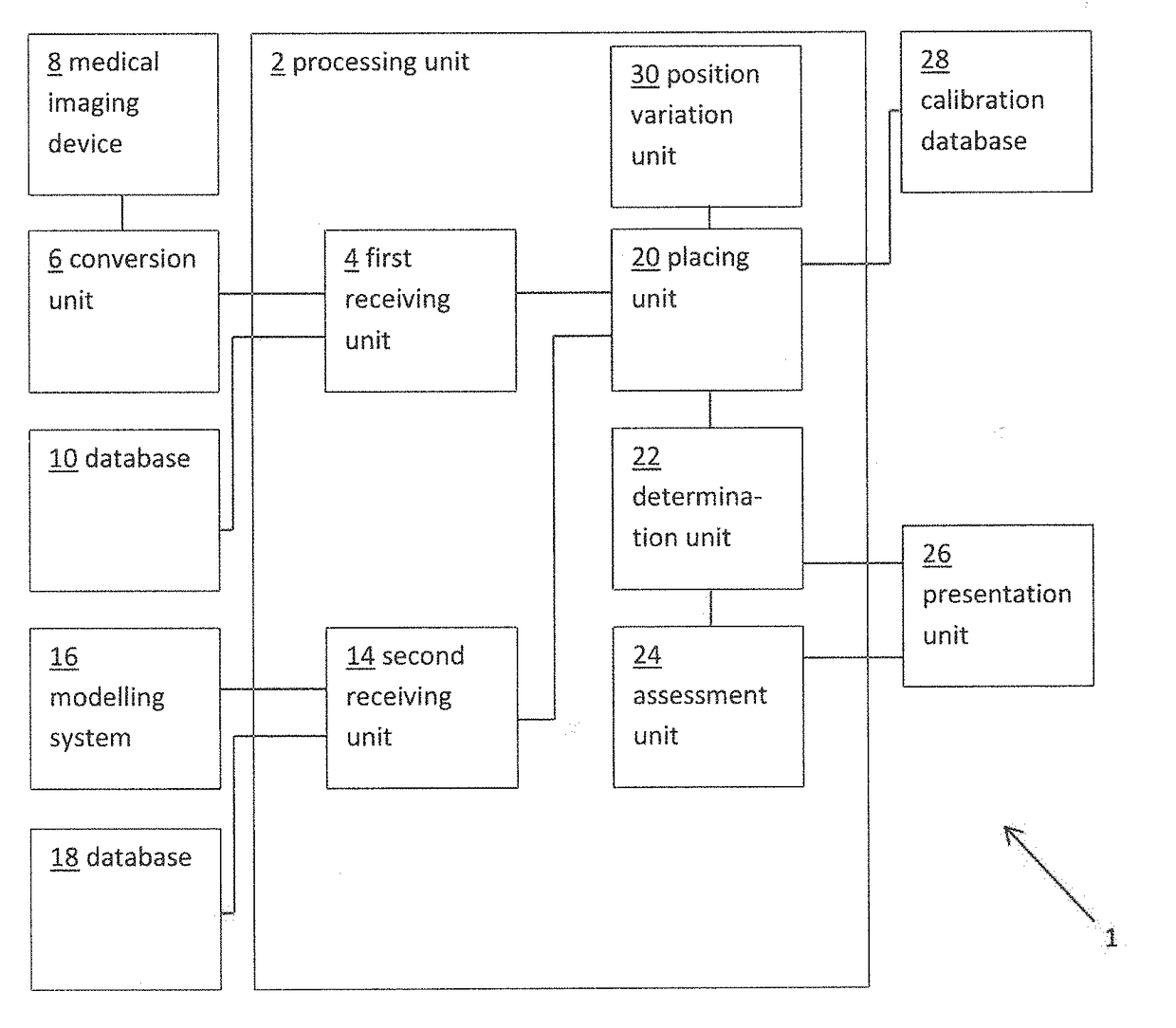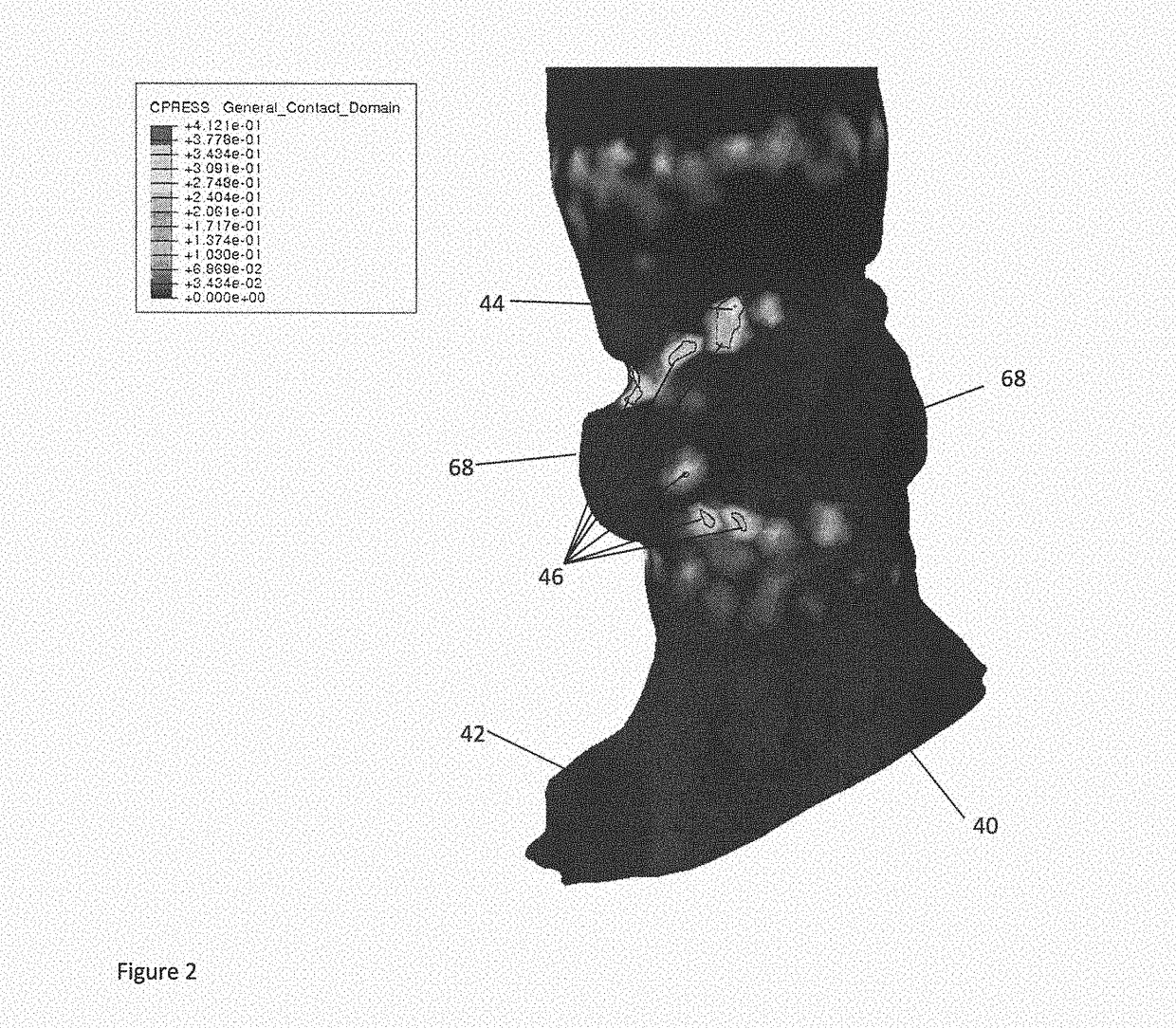Method and system for determining a risk of cardiac conduction abnormalities
a risk and cardiac conduction technology, applied in the field of preoperative planning of transcatheter structural heart interventions, can solve the problems of paravalvular aortic regurgitation, paraventricular aortic regurgitation, and 6% in-hospital mortality of over 65 year old patients, and achieve the effect of higher peak pressure or strain and higher risk
- Summary
- Abstract
- Description
- Claims
- Application Information
AI Technical Summary
Benefits of technology
Problems solved by technology
Method used
Image
Examples
Embodiment Construction
[0052]Left bundle branch block (LBBB) after a transcatheter aortic valve implantation (TAVI) procedure is a frequent complication. LBBB after TAVI may occur in as much as 20 to 50% patients. This can result in increased mortality after one year. The underlying cause is to date still subject of speculation. Using the present technology, however, a predictor for the occurrence of LBBB or other conduction abnormalities can be given.
[0053]FIG. 1 shows a schematic example of a system 1 for determining a measure of a risk of a patient developing cardiac conduction abnormalities as a result of transcatheter cardiac valve treatment. The system includes a processing unit 2. The processing unit 2 includes a first receiving unit 4 for receiving a patient-specific anatomical model. Here the patient-specific anatomical model represents a patient-specific cardiac valve region. In this example, the patient-specific anatomical model is provided as a three dimensional (3D) finite element model compr...
PUM
 Login to View More
Login to View More Abstract
Description
Claims
Application Information
 Login to View More
Login to View More - R&D
- Intellectual Property
- Life Sciences
- Materials
- Tech Scout
- Unparalleled Data Quality
- Higher Quality Content
- 60% Fewer Hallucinations
Browse by: Latest US Patents, China's latest patents, Technical Efficacy Thesaurus, Application Domain, Technology Topic, Popular Technical Reports.
© 2025 PatSnap. All rights reserved.Legal|Privacy policy|Modern Slavery Act Transparency Statement|Sitemap|About US| Contact US: help@patsnap.com



